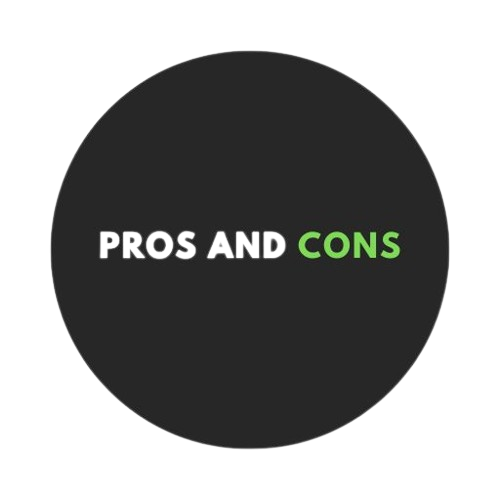Generating passive income can help you become more financially free. As your passive income grows, you’ll become less reliant on your job to help meet your financial needs.
Those savoring the idea of becoming more financially independent have many ways to increase their passive income. Investing in dividend stocks can be a great way to help satisfy your craving for more passive income. Three mouthwatering ones to consider for those hungry for more income in the next year are Kraft Heinz (KHC 0.43%), PepsiCo (PEP 0.29%), and Mondelez International (MDLZ 0.60%).
A tasty dividend
Kraft Heinz currently pays an appetizing dividend. The food company, which owns the iconic Heinz, Philadelphia, Kraft Mac & Cheese, Ore-Ida, Velveeta, and Lunchables brands, currently has a dividend yield of 5.2%. That’s several times higher than the S&P 500‘s dividend yield (1.2%). This higher rate will certainly satisfy your appetite for more income. For perspective, every $100 invested into Kraft Heinz stock would produce about $5.20 of dividend income each year compared to about $1.20 for a similar investment in an S&P 500 index fund.
Higher-yielding dividends are often at a higher risk of reduction. That has been the case with Kraft’s dividend in the past. It reduced its payout by 36% in 2019 to its current level to retain more cash for debt reduction and greater financial flexibility.
That strategy has been a success. The company’s leverage ratio is currently below its 3 times target (2.9 times at the end of the third quarter). On top of that, Kraft produces ample free cash flow to cover its current dividend level ($2 billion in free cash through the first nine months of the year compared to nearly $1.5 billion in dividend payments). That gave it the financial flexibility to repurchase $350 million of its shares. Meanwhile, the company expects its earnings and free cash flow to rise over the long term, which should enhance the sustainability of its high-yielding dividend.
Delighting dividend investors for more than 50 years
PepsiCo owns several well-known global food and beverage brands, including Lay’s, Doritos, Cheetos, Gatorade, Pepsi-Cola, Mountain Dew, Quaker, and SodaStream. Many of those iconic brands generate over $1 billion in annual retail sales.
The company has a remarkable record of paying dividends. Whereas Kraft Heinz has had to cut its payment in the past, PepsiCo has increased its dividend for 52 years in a row. That qualifies it as a Dividend King, a company with 50 or more years of consecutive annual dividend increases. It currently offers a dividend yield of 3.5%.
PepsiCo is on track to pay investors $7.2 billion in dividends this year. It also plans to return another $1 billion in cash to shareholders through share repurchases. The company can easily afford to return that money to investors thanks to its strong cash flow and balance sheet (it had about $8 billion of cash and short-term investments at the end of Q3). Meanwhile, with its earnings continuing to grow, PepsiCo should continue its reign as a leading dividend stock.
Satisfying investors’ craving for more income
Mondelez owns several well-known snacking brands. Oreo, Milka, Cadbury, Ritz, Chips Ahoy!, and Clif all generate over $1 billion in annual sales. It’s the world’s largest biscuit seller and has the second-largest share of the global chocolate market.
The global snacking giant currently pays a dividend yielding 3.1%. The company has grown its payout at a more than 10% annual rate over the last five years, including by 11% earlier this year.
Mondelez produces lots of cash. It generated $2.5 billion in free cash flow through the first nine months of the year. That easily covered its dividend outlay ($1.7 billion). It used that excess free cash and its strong balance sheet to repurchase $1.2 billion of its stock. The company’s growing cash flow should allow it to continue boosting its dividend.
Satiating income stocks
Kraft Heinz, PepsiCo, and Mondelez pay high-yielding dividends. Because of that, you can generate more passive income for every dollar you invest in these dividend stocks compared to the market’s average. That would go a long way to help satisfy your desire to generate more passive income in 2025.










